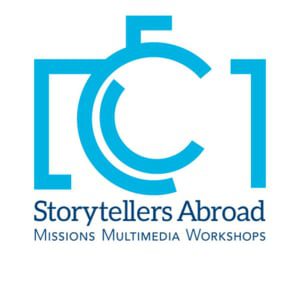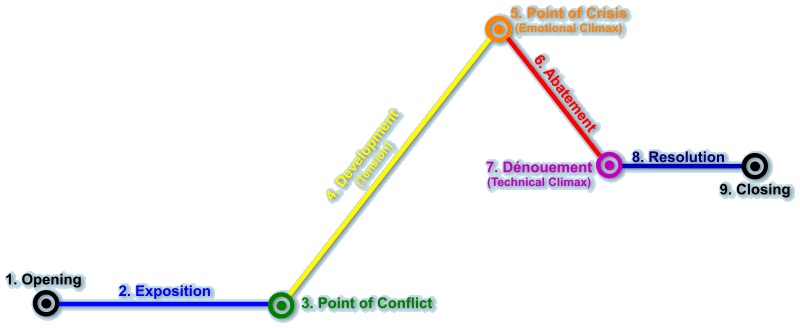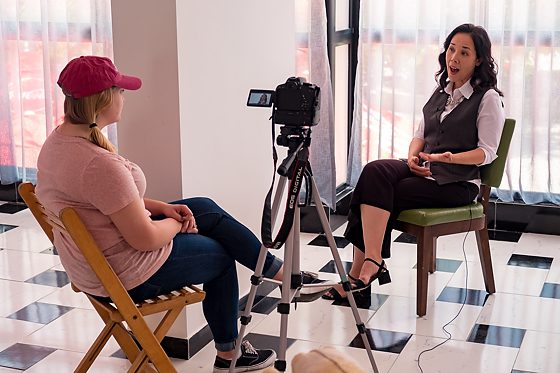
I have been teaching some form of photography my entire career. Each time I teach, I discover one more thing that can be tweaked and improved. Often I come up with a new way to communicate a concept.
The longer I am in this profession, the more I am still learning. This blog post on Narrative Storytelling was prompted by my students taking Intro to Photojournalism at The Grady College of Journalism & Mass Communications, University of Georgia.
“If you want to be a better photographer stand in front of more interesting stuff”
– Jim Richardson
So how do you find more interesting stuff? How do you find exciting stories?
I have found there are two main ways I have seen stories. Often it is just by meeting someone and hearing their story. It could be someone behind the counter of a business I am visiting or someone who sits beside me on the plane.
The other way I have found stories is when I have an audience in mind. Often this is a client that I am working with on other projects. They tell you what they are working on and then my mind starts trying to solve their problem by finding stories to speak for them.

No matter how you discover some great stories, there is one place you must start–THE AUDIENCE.
To help you get your head around what I am talking about, just think of you going on the trip of your lifetime. You come home and want to tell your parents. You first get your mom by herself and tell her about your trip. Then later, you and dad have some time together, and you tell him about your trip.
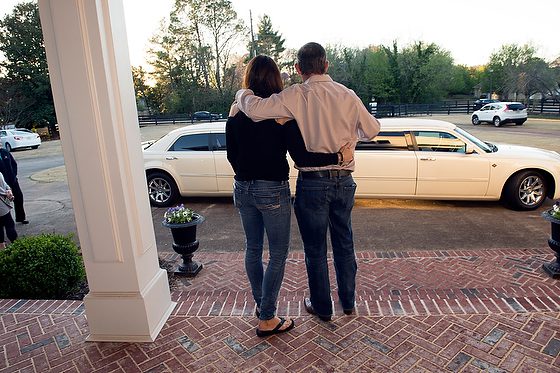
Are they interested in the same things? Most people will tell a different story because they have other interests.
When I say know your audience, I am saying know their story. Now, newspapers and magazines I worked with often had a fictitious family they created based on their audience research.
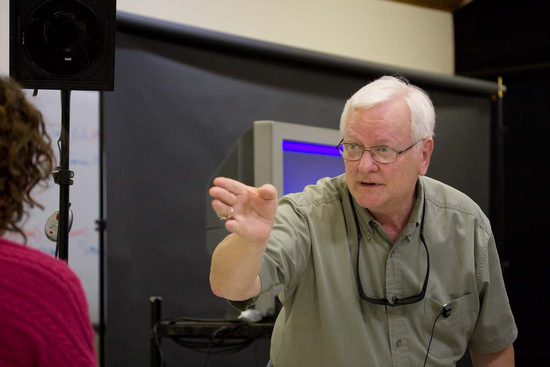
My uncle Knolan Benfield, pictured above, told me one of the best stories that changed my photography and storytelling for the better.
Knolan had taken his wife’s [my aunt] grandmother to the beach in North Carolina. She was pretty old at the time, and he tells how he watched her walk into the ocean for the very first time in her life. She had never gone to the beach in the 80+ years of her life. She had never traveled much more than 50 miles from her home most of her life.
Knolan said that moment sealed into his memory what he was doing with his camera when working on stories. He was taking people to places they would often never see in their life. He was responsible for making those visuals as strong as possible to transport them through his lens to the site.
A good storyteller must always have their audience in mind. The biggest mistake many storytellers make is telling a story because it means a lot to them, and they never consider the audience. You might do pretty well with this method, and I have seen many make a career doing this, but seldom are they, great storytellers. Great storytellers move the heads and hearts of their audience and not just their own.
We visit the location during a pre-trip when we put together a Storytellers Abroad Missions Multimedia Workshop. During this time, we meet with the missionaries. We do a mini-workshop with them on storytelling and then ask them to help identify people for stories.
We talk to them about the audience; the other key thing is what they want to accomplish with the stories.
Typically, they need a building. Can you do a video helping promote our building need? This is where we always have to educate them that we have not to devise a solution for the audience but rather establish the need with them.
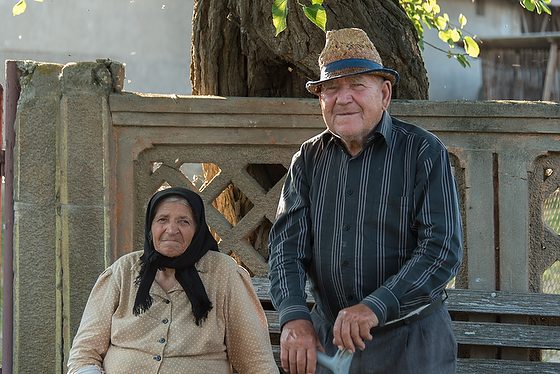
What can’t you do right now because you don’t have a building? After multiple questions and chasing tangents, we have them understand how telling the story of someone they impacted by sharing that story helps lay the foundation to show they need a facility to help more people like the person of the story.
When it comes to telling a story for an NGO, this is much different than photojournalism storytelling. We want the audience to take action and even build in a call to action at the end of the story.
In journalism, we inform them; sometimes, it is more entertainment in feature storytelling, and sometimes the stories are meant to tell before an election. The journalist isn’t trying to sway your vote but educate the public on the facts.
With nonprofit work, I am more of an advocate than a journalist.
Once you have identified a person as the story’s subject, you will need to interview them and spend enough time discovering their story. I recommend using the narrative story arch as something to help guide you.
Now in nonfiction, there should be a point to your story. In fiction, you don’t necessarily need to have some moral of the story for it to be effective.
As you work on your story, always remember what you plan to share and what parts of the diagram they play in the story.
You’ve probably heard the phrase, “Show, don’t tell.” While you might be thinking of me talking here about the visuals, I am talking about all of it. When someone tells their story by taking you to the day of the big event from which everything in the story revolves around, the more the person talks in a way to paint a picture, too does a much better job than just the facts.
“The most important things to remember about backstory are that (a) everyone has a history and (b) most of it isn’t very interesting. Stick to the parts that are, and don’t get carried away with the rest.”
Stephen King, On Writing: A Memoir of the Craft
Keep the Exposition short. When giving us the background, we need some, but that doesn’t mean we need to know every detail. What is the key takeaway from all your research that the audience needs to know to have some context for the “big event”? Then creatively tell what is necessary only to do that.
“Squirrel”
In the movie UP, there is one repeated humor of these dogs: no matter how focused they are on doing something, if they see a squirrel, they stop in their tracks and then go and chase it.
Too many storytellers do this in telling their stories. The character mentions something that isn’t necessary to the report but is so good they can’t let it go.
Once you have your parts of the story and a narrative, you are ALMOST ready to start. I am talking about those using audio/video to capture the person’s account.

Use Vivid Details, Not Lots of Facts
Ask the subject to take you to the moment when something happened. Get them to tell you how it felt at that moment. Remind them to help you understand how it felt then because now they may look back and know things would get better, but at the moment, they may have felt hopeless or overjoyed.
Once you have heard all the parts of the story that you know you will use, and they move your head and heart, you can sit down for the formal on-camera audio/video recording of their story.
You can ask questions to help them tell their story, but most of the time, you will just prompt them. You might say to them that the other day when we were talking, you shared this moment you experienced. Can you share that again?
One thing before I start, I tell them their story as I understand it. I ask whether I have your story correct and if it is OK with you. If something needs to be corrected for accuracy, this is when I do it. Once they agree on what I think the story is and how I told it, that is really what I am now trying to get them to say. I have summarized all those conversations I had to dig into and get the story. I have done some editing in my mind and distilled it to the parts that help tell the story. You will find the rest of this super easy if you do this in 90 to 120 seconds for most accounts.
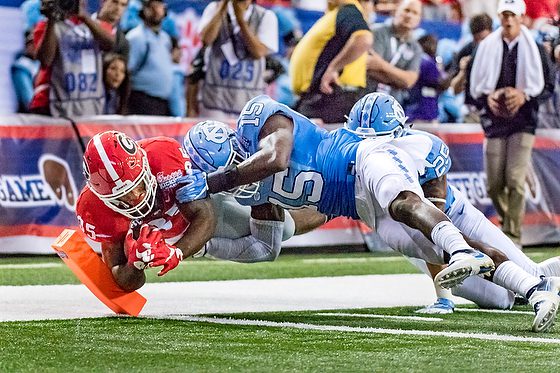
Take Control
Because you have done the diagram and remember all the parts you want to capture, keep your subject on topic. Don’t let them expound, and now make your content longer.
I have had to ask them to repeat their answer and say your first response was 2 minutes; I am looking for a couple of sentences. You said this … and then when you started on this part, leave that out. That is just going into more detail than needed right now. You want to remind them of what we agreed were the key points we are sticking with for their story.
Call to Action
When I tell stories for organizations and not journalism, I have a call to action. Now that you have heard this story, you can learn more, get involved, or give money to support this organization as they help more people like the person you just heard about.
After the Interview
I will spend time talking with the subject about their schedule. What is happening with them so I can come along and capture video/stills to add to the story? The additions are to be shown while they are telling their story.
For this blog post, I will not go into visual storytelling.
The Hook
One thing you need for a video is the first 8 to 10 seconds need a teaser. The easiest way I have found is to find the most shocking thing subject says and use this. Be sure it doesn’t give away the story.
Hopefully, you have a better idea of how important it is to identify a story for an audience and how important it is for you to have done all the research and preinterview so that when you hit record, you are ready to capture the story and not discover it.


